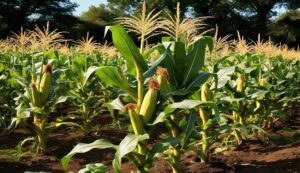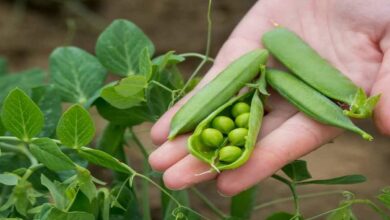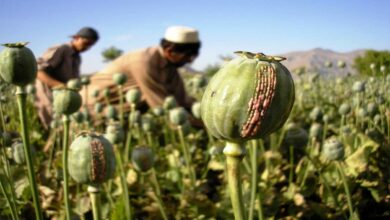Cultivation of Maize: Use these easy techniques to manage autumn armyworm in the maize crop, and you’ll see a boost in output
Cultivation of Maize: Farmers find that growing maize is quite lucrative. However, a variety of harmful insects and illnesses target the maize crop, which has a significant impact on the crop’s productivity. We would like to inform you that the impact of Fall armyworm on the corn crop is significant. This bug also destroys other crops, making maize unavailable.

For your knowledge, the Fall Armyworm Pest larvae have hues that might be green, olive, light pink, or brown. There are four phases to this bug. which are listed below. Larva, pupa, adult, and egg
dangerous armyworm insect stage
The crop of maize is most severely damaged by the larvae. Its mouthparts are for biting and chewing.
signs of the armyworm bug
You must pay attention to the crop’s leaves in order to recognize the signs of the armyworm bug in maize crops. Actually, the tender leaves are the first thing this insect targets when attacking the crop. The maize crop’s leaves resemble scissors after being affected by the armyworm bug, as if they had been sliced.
Control by prevention
About 30 days before to crop planting, the farmer should treat the soil with 2 liters of Metarhizium anisoply per acre in order to control this bug. Install pheromone traps in the crop after 25 days.
Chemical-based pest management
Combine 10 grams of emamectin benzoate, 18.5%–6 ml of chlorantraniliprole, and 45%–7 ml of spinosad in 15 liters of water, then vigorously spray the crop to suppress the chemical pest.
Natural regulation
Use 200 grams of Bacillus thuringiensis per 200 liters of water per acre to organically control the armyworm bug.





